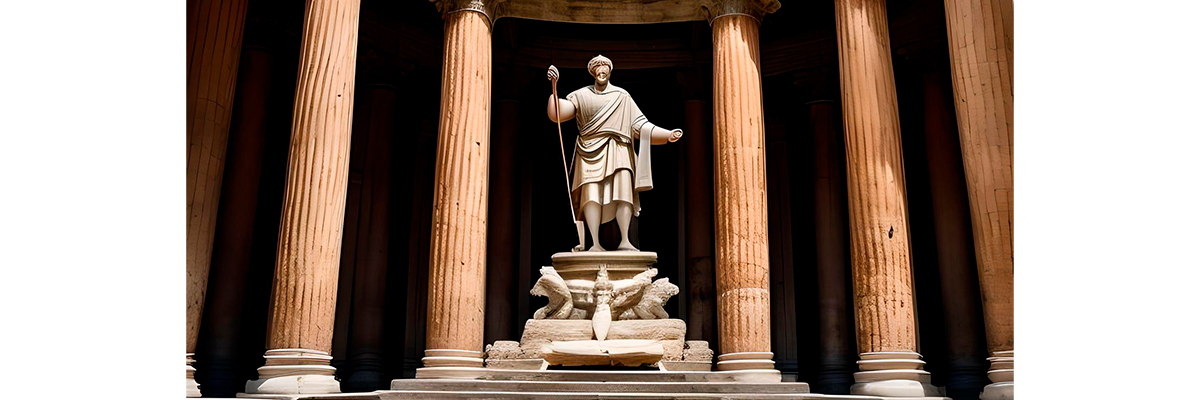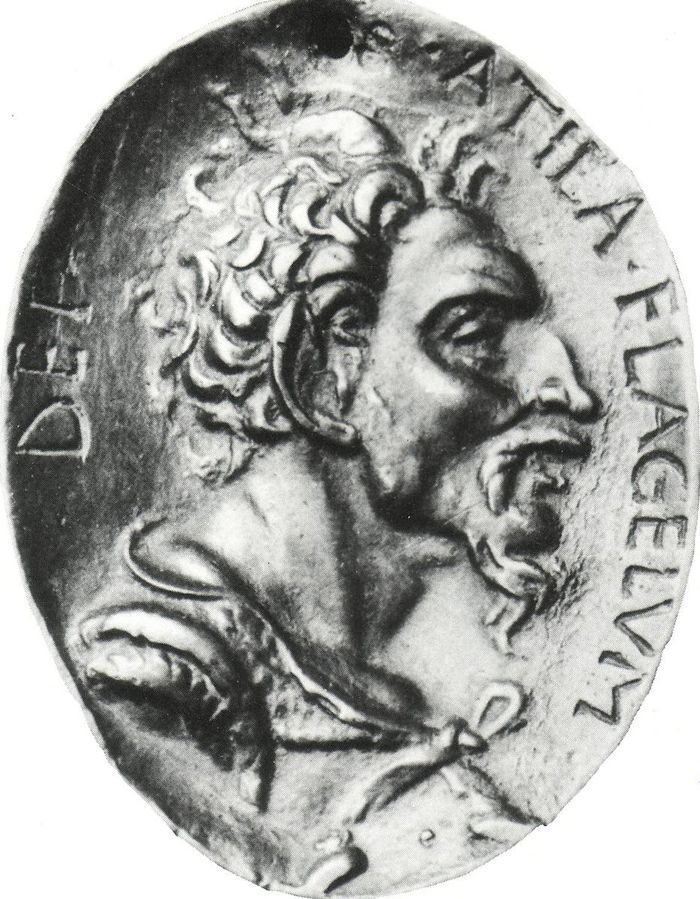The Roman Empire is an inexhaustible source of curiosities

Sewers of Rome: The ancient Romans were pioneers in civil engineering. They built an elaborate sewer system in Rome, known as the “Sewers of Rome,” which allowed efficient drainage of wastewater, a surprising advancement for their time.
Vomitoria in Amphitheaters: Roman amphitheaters, like the Colosseum, had passageways called “vomitoria” that allowed quick entry and exit of crowds. The term has no relation to the act of vomiting but comes from the Latin “vomere,” meaning “to expel.”
Roman Roads: The Romans constructed an extensive network of roads connecting their entire empire. The most famous is the Appian Way, which stretched from Rome to southern Italy. These roads were essential for trade and communication.
Public Baths: Romans placed great value on personal hygiene and socializing in public baths. They had baths with different temperatures and rooms for various activities, such as swimming, sweating, or receiving massages.
Use of Lead: The Romans used lead in their architecture and the manufacturing of utensils and pipes. Although they didn’t fully understand the toxic effects of lead, this practice is believed to have contributed to health problems in the population.
Eccentric Emperors: Emperor Nero had a fondness for music and acting, even performing in public as an actor and musician. He’s also attributed to having set fire to Rome and blaming Christians to divert attention. Another emperor, Caligula, is known for his eccentricities and erratic behavior.
Legionaries and Their Pay: Roman soldiers, known as legionaries, received a salary, but they often depended on plunder and rewards for their service. Their equipment included the famous “lorica segmentata,” a suit of segmented metal armor.
Christianity in Rome: Despite initial persecution, Christians reached a turning point when Emperor Constantine converted to Christianity and issued the Edict of Milan in 313 AD, allowing the free practice of this religion in the empire.
Fall of the Western Roman Empire: Although the exact date varies, it’s generally considered that the Western Roman Empire fell in 476 AD when the last emperor, Romulus Augustulus, was deposed by the barbarian chieftain Odoacer.
Enduring Legacy: The Roman legacy in terms of law, architecture, governance, and culture remains relevant today. The system of Roman laws, architectural influence, and the Latin language continue to influence modern society.
Read this post in Spanish: Curiosidades sobre el Imperio Romano








